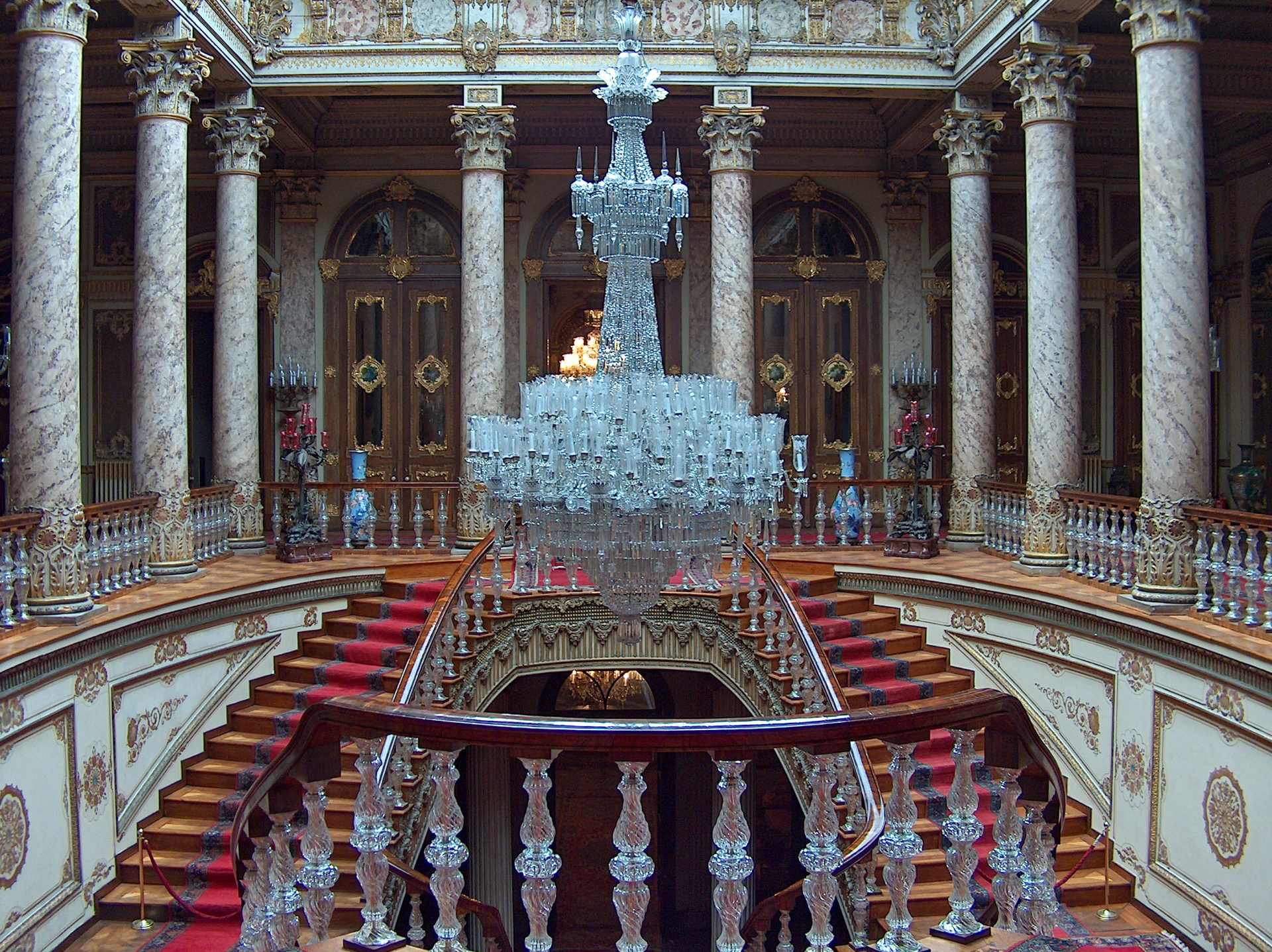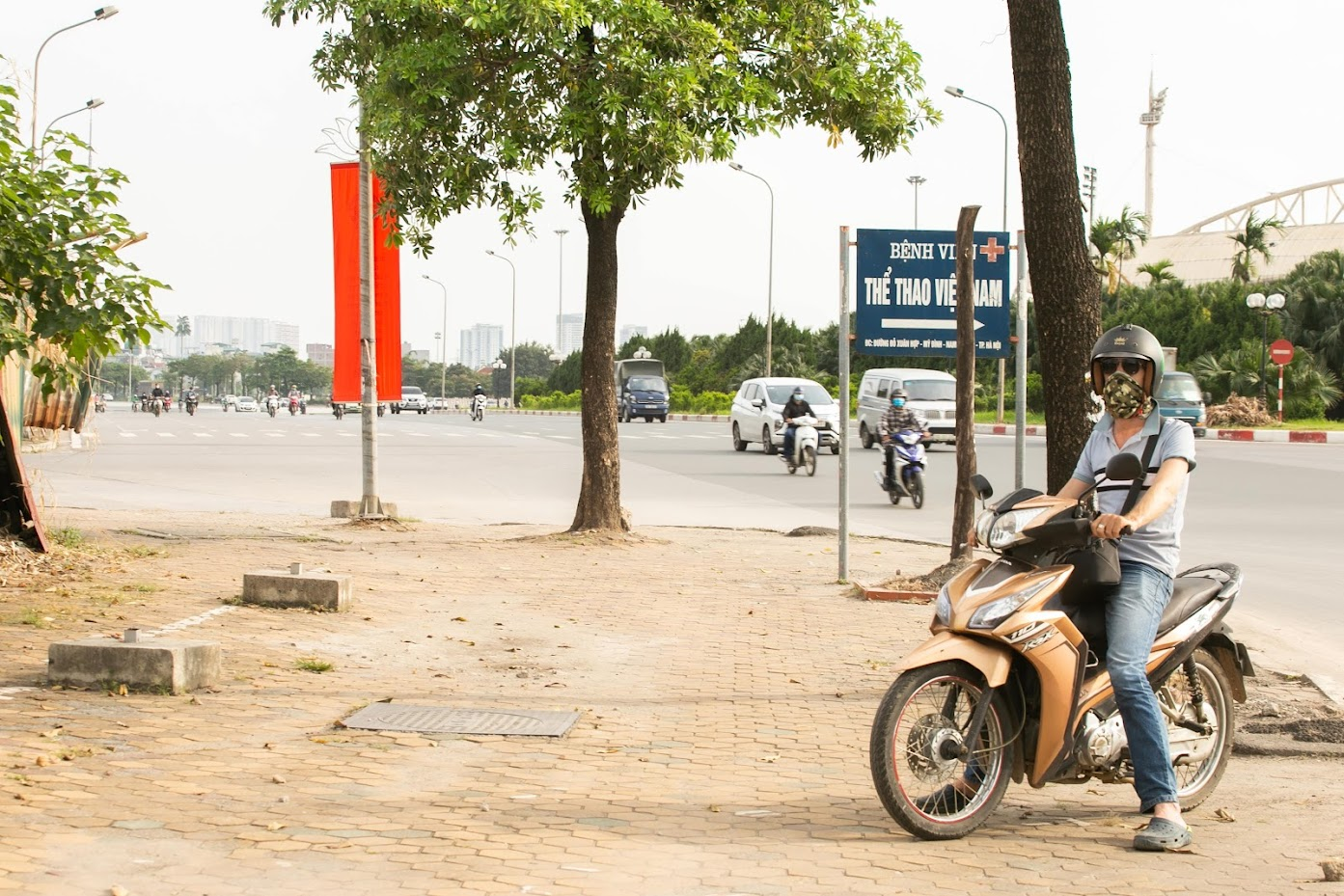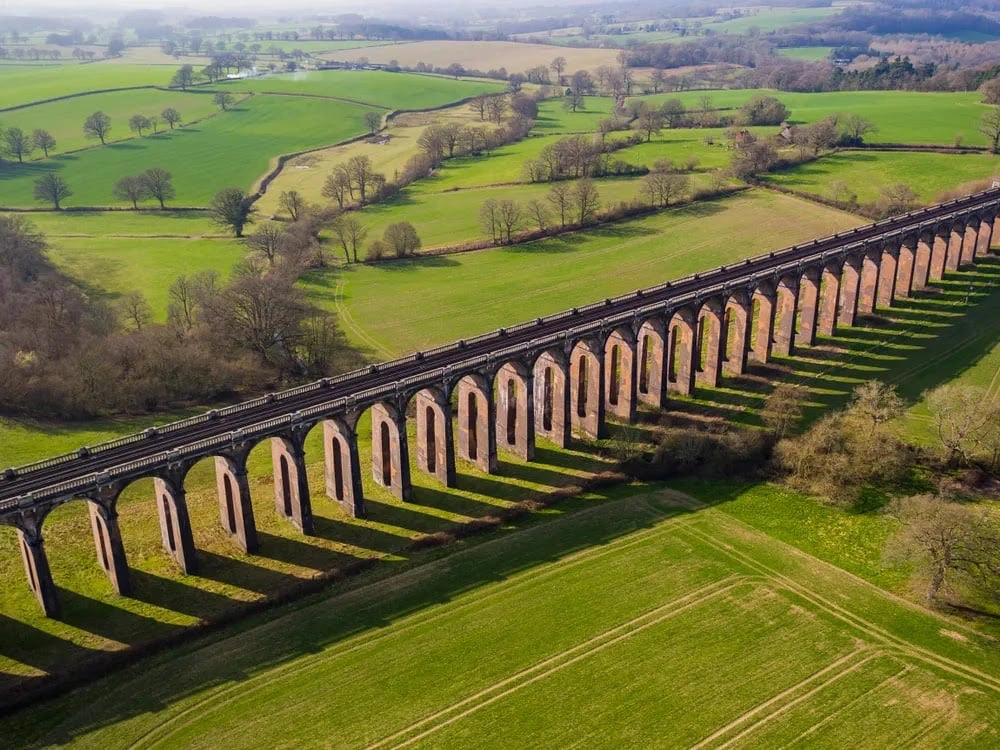 |
| Photo: Sussexlife |
The Ouse Valley Viaduct (or the Balcombe Viaduct) carries the London-Brighton Railway Line over the River Ouse in Sussex. It is located to the north of Haywards Heath and to the south of Balcombe. Known for its ornate design, the structure has been described as "probably the most elegant viaduct in Britain."
Construction of the Ouse Valley Viaduct commenced by the London & Brighton Railway company during 1839. It was designed by the principal engineer for the line, John Urpeth Rastrick, in association with the architect of the London to Brighton railway, David Mocatta. The viaduct is 96 feet (29 m) high and is carried on 37 semi-circular arches, each of 30 feet (9.1 m), surmounted by balustrades, spanning a total length of 1,480 feet (450 m). Each pier contains a jack arch with a semi-circular soffit, which had the benefit of reducing the number of bricks required. The roughly 11 million bricks required for its construction were mostly shipped up the River Ouse (via Newhaven and Lewes) from the Netherlands. On 12 July 1841, the viaduct was officially opened to train services, although the structure was not fully completed until the following year.
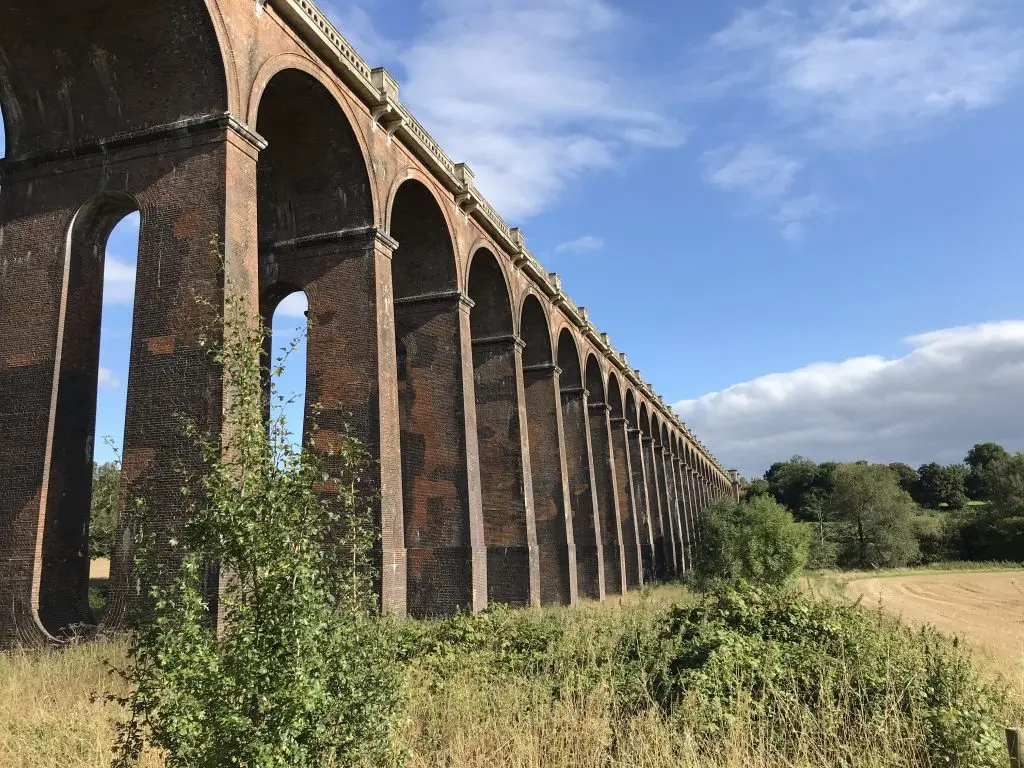 |
| The giant structure is one of the wonders of Sussex. (Image: Martin Burton/SussexLive) |
Despite the structure's fine design, materials and architectural features, the viaduct has had an expensive and problematic history. The first major restoration work occurred during the 1890s, during which sections of the original brickwork were entirely replaced in the belief that this would increase the structure's strength. However, the viaduct suffered considerable decay during the majority of the twentieth century. By May 1983, the viaduct had been recognised as a Grade II* listed structure. Between March 1996 and September 1999, the viaduct was subject to an extensive restoration by national rail infrastructure owner Railtrack; this work was part-funded by the Railway Heritage Trust, English Heritage and West Sussex County Council.
The viaduct was designed as a relatively elegant structure, being around 1,600 feet (500 m) in length and carrying a straight line over 37 identical arches. Each of these semi-circular arches had a span of 30 feet (9.1 m) and was supported upon tapered red-brick piers. Each pier was almost divided into two separate halves by 9.8-foot (3 m) vertical voids, capped by semi-circular rings at the top and base, as a weight-saving measure. This approach is credited with giving the structure a relatively slender appearance. The foundation of each pier is provided with two courses of inclined footings, which have a total depth of just over 3 feet 3 inches (1 m).
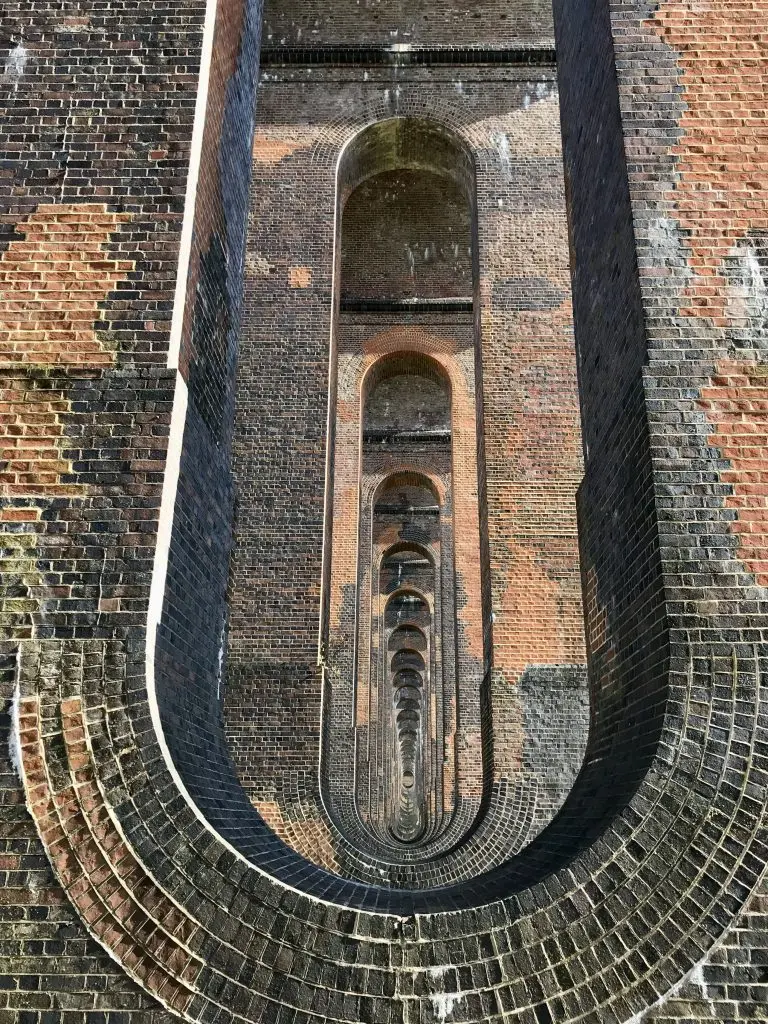 |
| Looking through the arched vaulting underneath the viaduct. (Image: Martin Burton/SussexLive) |
The Brighton main line was opened in two sections because completion was delayed by the need to construct some major earthworks. The viaduct was officially opened when the section between Norwood Junction and Haywards Heath was opened on 12 July 1841. Initially, there was only one track across the structure in operation; the second line, along with the viaduct's ornate stone parapets and pavilions, was not completed until the following year.
By 1846, the viaduct had become part of the London, Brighton and South Coast Railway. In 1923, as a result of the Railways Act 1921, it became part of the Southern Railway network. It remained under Southern's ownership until January 1948, when the nationalisation of the Big Four railway companies formed the publicly owned railway operator British Railways.
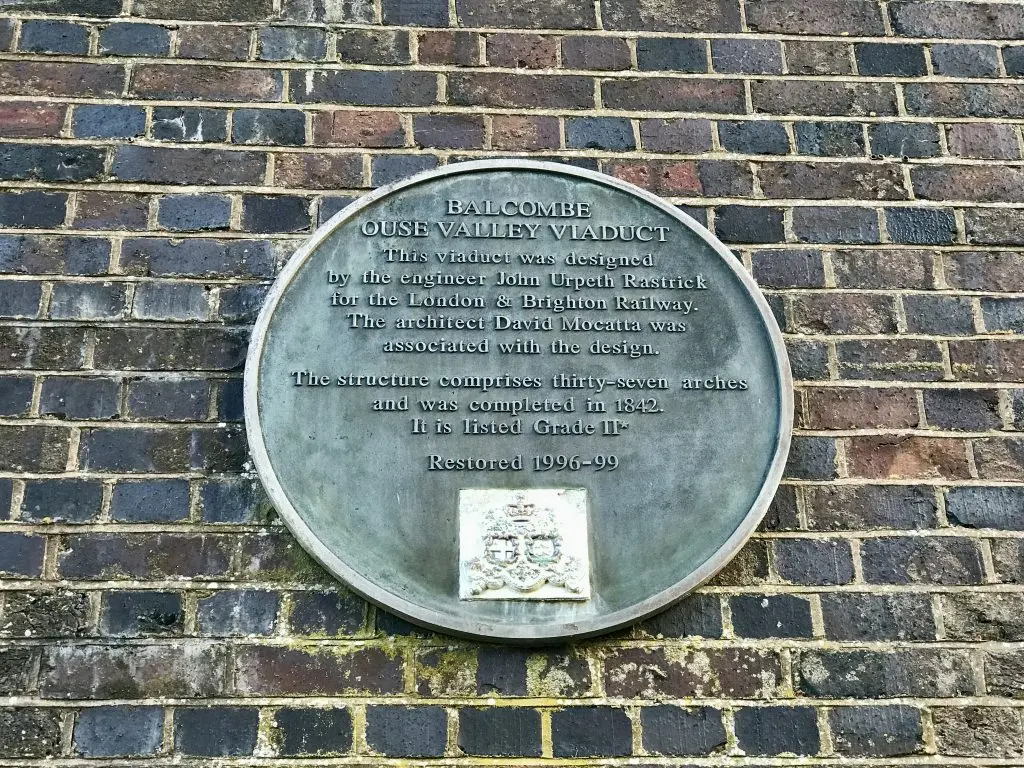 |
| Information about the Viaduct is given on a plaque on one of the brick piers supporting the bridge. (Image: Angela Price) |
Maintenance and restoration
The first major restoration work occurred during the 1890s. This had focused upon repairs to the brickwork because engineers of the late Victorian era were concerned that the original lime mortar used in the viaduct's construction was inadequate. It was decided that this should be replaced with cement mortar. However, replacement facing brickwork and substandard mortar eventually caused its own failures prompting more expensive repairs later on. This was likely due to the repair work having borne a greater share of the structure's load than intended, resulting in an accelerated failure rate; poorly bonded header bricks are another probable culprit for its ineffectiveness. Additionally, the parapets and pavilions, although made from Caen stone (a high-quality limestone), have been subjected to heavy weathering.
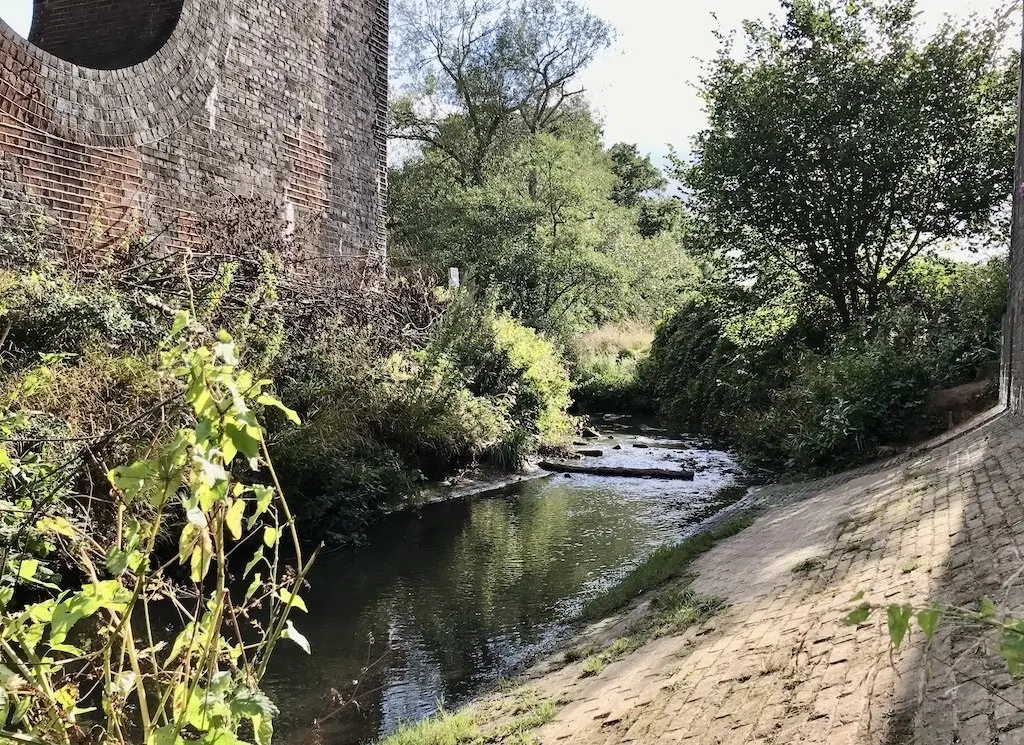 |
| Photo: Angela Price |
Starting in March 1996, the viaduct underwent a £6.5 million renovation overseen by national rail infrastructure company Railtrack and partially funded by grants from West Sussex County Council, Railway Heritage Trust and English Heritage. Harder-wearing limestone was imported from Bordeaux to ensure the closest match with the existing Caen stone in the balustrades and pavilions. Some of the piers had to be reconstructed because of failures in the Victorian brickwork. The new bricks were handmade in a variety of sizes to suit the existing brickwork and set in a sand, cement and lime mortar; stainless steel anchoring was used to firmly fix the new stone to the old stonework. Throughout the work, one of the lines always remained open while restoration activity was being carried out on the other side of the viaduct. The project, which took more than three years, was completed during September 1999.
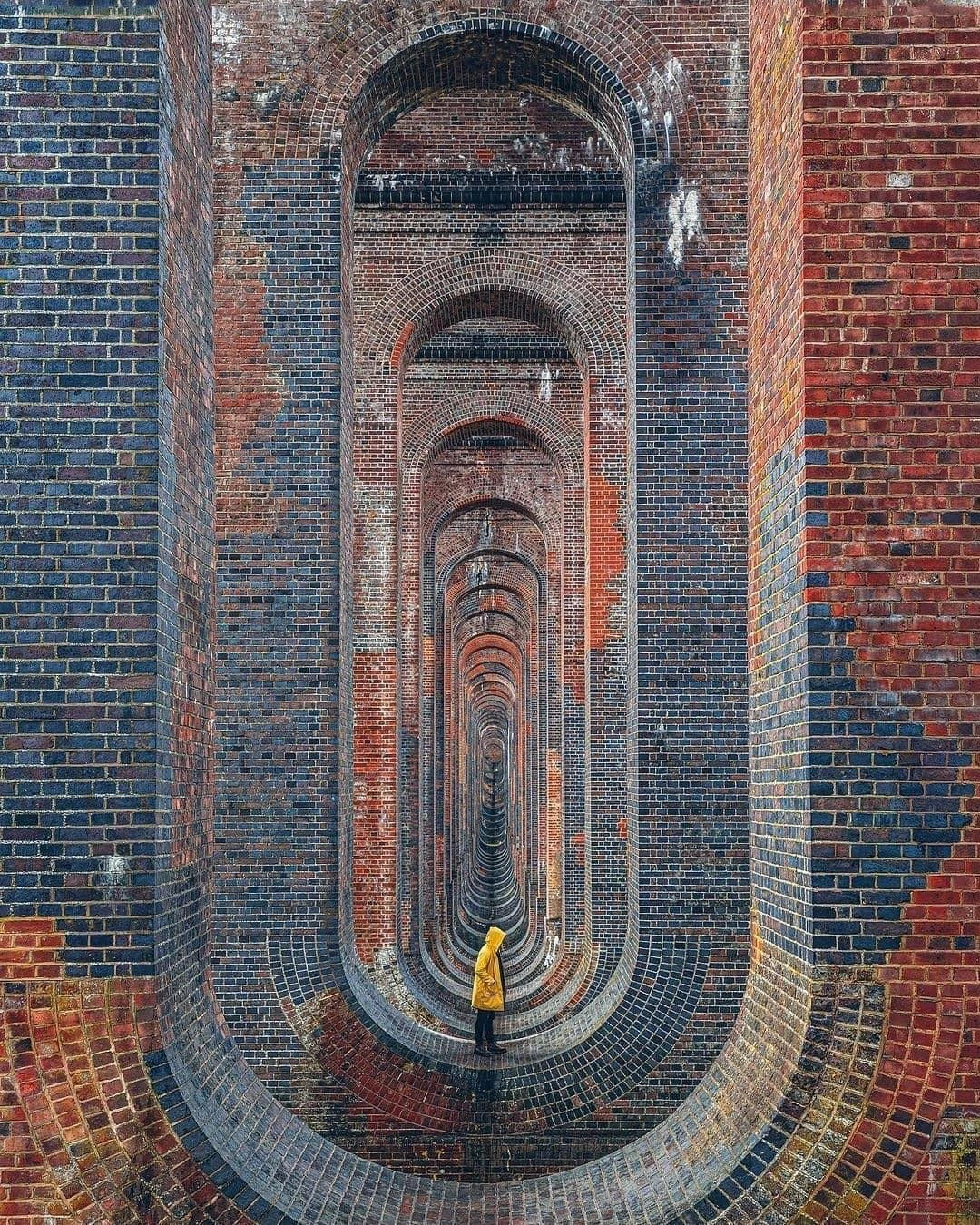 |
| Photo: Twitter |
 |
| As you approach the structure you quickly realise that the size is awe inspiring. (Image: Martin Burton/SussexLive) |
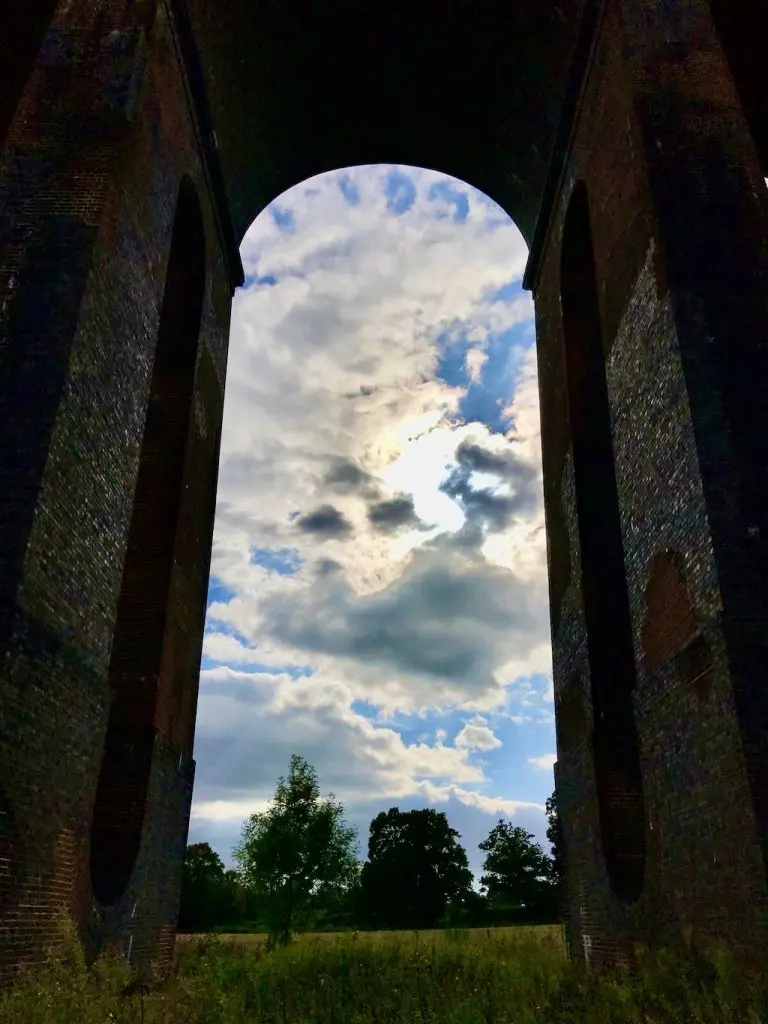 |
| Photo: Angela Price |
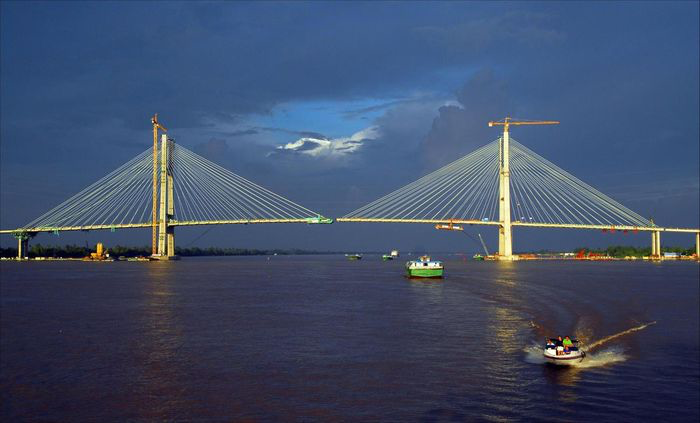 | Unique Architectural Works Throughout Vietnam When traveling in Vietnam, tourists will be amazed when visiting the architectural feats throughout the country. Save the places below for post-Covid-19 visits. |
 | Alluring and Peaceful Tuscany - "The Forgotten Paradise" of Italy To many people, Tuscany is the romantic images of idyllic hill towns bristling with medieval towers, peaceful low hills and fields of sunflowers, which makes ... |
 | Interesting Facts about the 10 Smallest Provinces and Municipalities in Vietnam Each province and municipality in Vietnam has its unique traits. Read on to find out what is so special about the 10 smallest provinces and ... |











 World
World
 World
World
 World
World
 World
World
 World
World
 World
World
 World
World
 World
World

